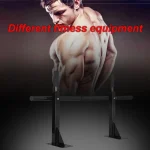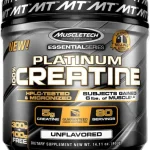- Introduction
- Understanding the ACL and Its Importance
- Prevalence and Causes of ACL Injuries
- Diagnosis of ACL Injuries
- Common Symptoms and Initial Evaluation
- Imaging Techniques: MRI and X-rays
- Non-Surgical Treatment Options
- Physical Therapy and Rehabilitation
- Bracing and Assistive Devices
- Lifestyle Modifications and Low-Impact Activities
- Surgical Treatment Options
- Types of ACL Surgery: Graft Choices
- Advances in Minimally Invasive Techniques 4.3. Post-Surgical Rehabilitation
- Comparative Analysis: Surgical vs. Non-Surgical Approaches
- Factors Influencing Treatment Choice
- Long-Term Outcomes and Risks
- Real-Life Case Studies and Outcomes
- Non-Surgical Recovery Stories
- Surgical Success Stories
- Innovations and Future Perspectives in ACL Treatment
- Regenerative Medicine and Stem Cell Therapies
- AI in Diagnosis and Rehabilitation Planning
- Tips for Preventing ACL Injuries
- Strengthening and Conditioning Exercises
- Proper Techniques in Sports and Physical Activities
- Conclusion
- FAQs
1. Introduction:
Understanding the ACL and Its Importance
The anterior cruciate ligament (ACL) is one of the most crucial stabilizing structures in the knee joint. It connects the thigh bone to the shinbone, ensuring stability during dynamic movements.
Prevalence and Causes of ACL Injuries
ACL injuries are prevalent in athletes and individuals engaged in high-impact activities. Movements such as sudden stops, twists, or direct collisions often lead to partial or complete tears.
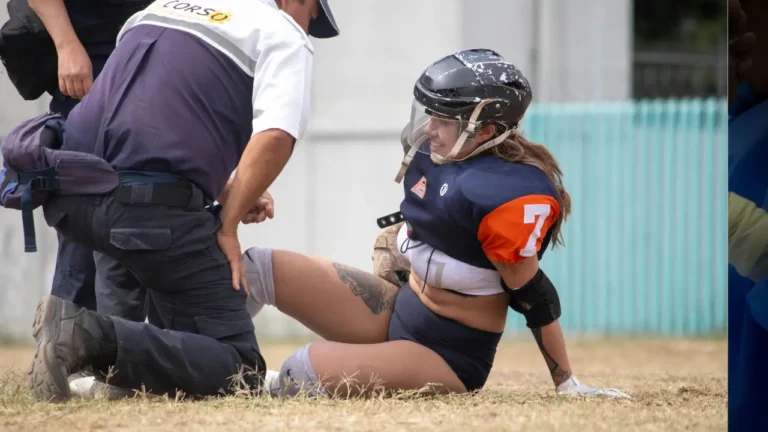
2. Diagnosis of ACL Injuries
Common Symptoms and Initial Evaluation
An ACL injury typically presents with a popping sound, immediate swelling, and instability in the knee. Early diagnosis is vital for appropriate management.
Imaging Techniques: MRI and X-rays
Magnetic Resonance Imaging (MRI) remains the gold standard for diagnosing ACL tears, while X-rays help rule out associated fractures.
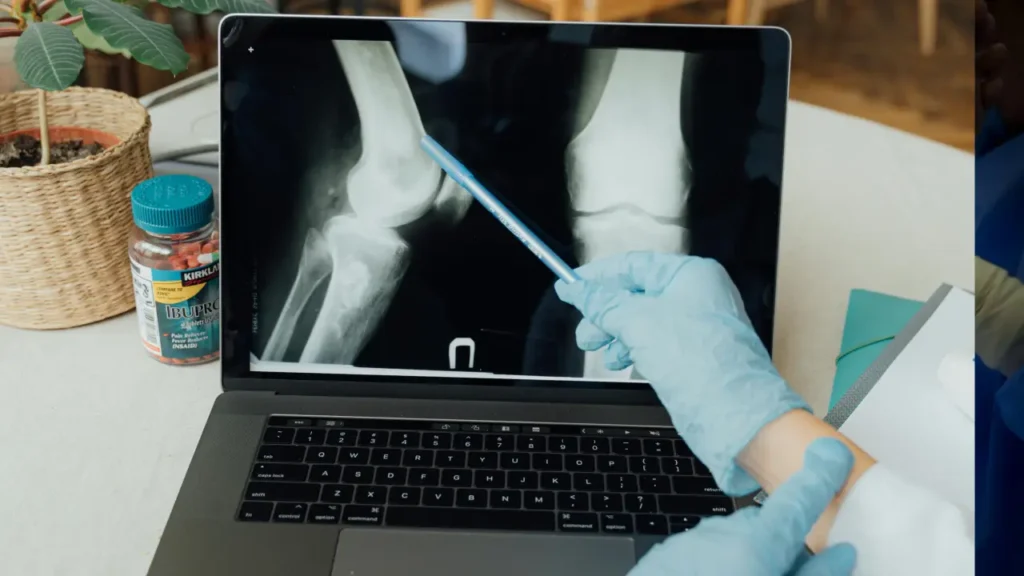
3. Non-Surgical Treatment Options
Physical Therapy and Rehabilitation
Non-surgical approaches often begin with structured physical therapy aimed at strengthening surrounding muscles and restoring joint functionality.
Bracing and Assistive Devices
Knee braces can provide external support, helping individuals regain confidence and mobility during daily activities (source).
Lifestyle Modifications and Low-Impact Activities
For less active individuals, low-impact exercises such as swimming or cycling can effectively manage symptoms without surgery.
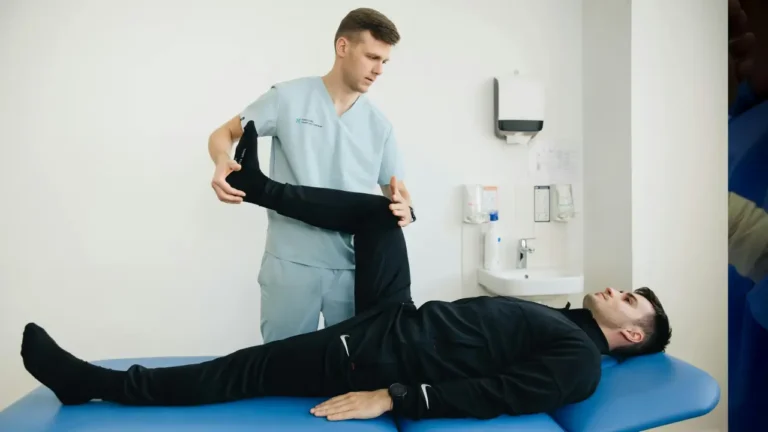
4. Surgical Treatment Options
Types of ACL Surgery: Graft Choices
Surgical reconstruction typically involves using a graft, which may be autografts (from the patient’s body) or allografts (donor tissue). The choice depends on factors like age and activity level.
Advances in Minimally Invasive Techniques
Modern surgical techniques, including arthroscopy, minimize incision size and recovery time, offering better outcomes for patients (source).
Post-Surgical Rehabilitation
Rehabilitation after surgery is critical, involving progressive physical therapy to ensure a full return to activity.
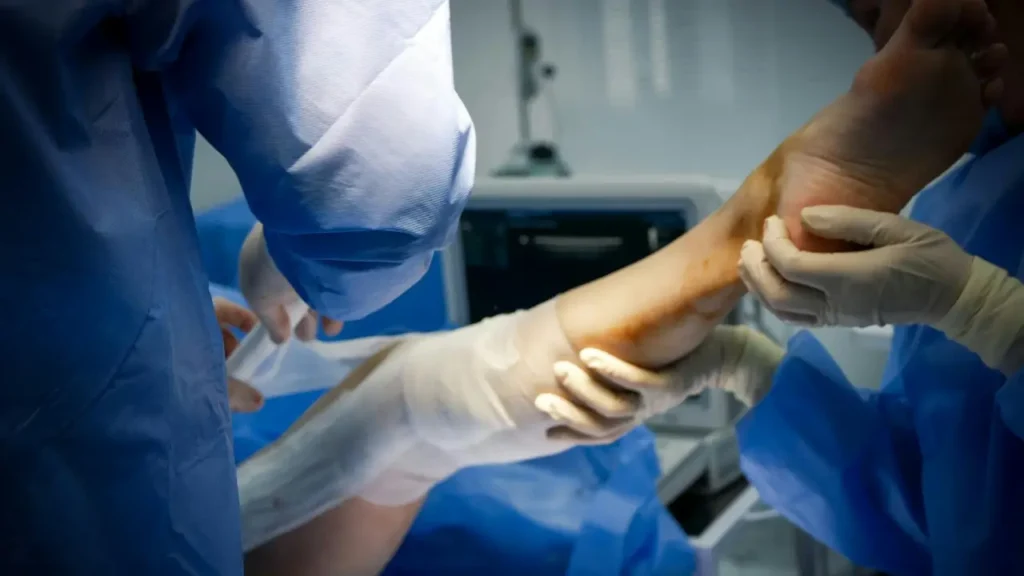
5. Comparative Analysis: Surgical vs. Non-Surgical Approaches
Factors Influencing Treatment Choice
Age, activity level, severity of the injury, and long-term goals influence whether surgery or conservative management is more appropriate.
Long-Term Outcomes and Risks
Surgical treatments often lead to more stable knees for athletes, while non-surgical approaches can be sufficient for less active individuals.
6. Real-Life Case Studies and Outcomes
Non-Surgical Recovery Stories
Many older individuals or recreational athletes have successfully returned to normal activities through dedicated physical therapy alone (source).
Surgical Success Stories
Elite athletes often opt for surgery to regain full functionality, with many returning to competitive sports within a year.
7. Innovations and Future Perspectives in ACL Treatment
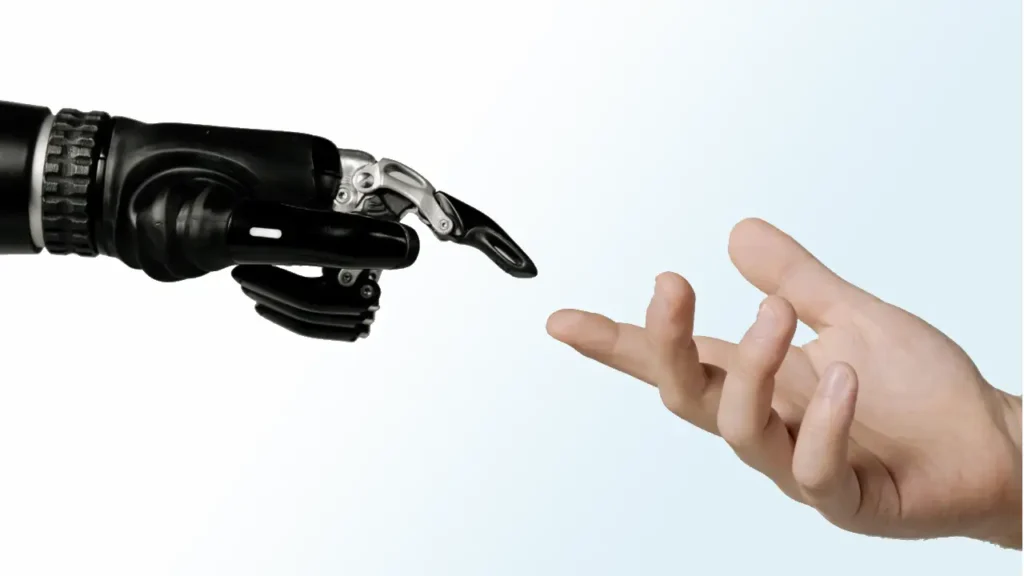
Regenerative Medicine and Stem Cell Therapies
Emerging treatments involving stem cells show promise in promoting ligament repair without invasive procedures (source).
AI in Diagnosis and Rehabilitation Planning
Artificial intelligence aids in creating personalized rehabilitation plans, enhancing recovery outcomes (source)
8. Tips for Preventing ACL Injuries
Strengthening and Conditioning Exercises
Regularly incorporating exercises that target the hamstrings, quadriceps, and core can reduce the risk of ACL injuries.
Proper Techniques in Sports and Physical Activities
Learning correct landing techniques and improving balance can significantly lower injury risk.
8. Conclusion
While both surgical and non-surgical approaches have their merits, the choice depends on individual circumstances and goals. Advances in medicine continue to refine treatment options, ensuring better outcomes for patients.
9. FAQs: Common Questions
- Can an ACL tear heal without surgery?
– Yes, partial tears or those in less active individuals can often be managed conservatively. - How long does it take to recover from ACL surgery?
– Recovery typically ranges from 6 to 12 months, depending on rehabilitation progress. - What sports are most likely to cause ACL injuries?
– Sports involving rapid changes in direction, like basketball, soccer, and skiing, are common culprits. - Are there risks associated with ACL surgery?
– Like any surgery, risks include infection, stiffness, and graft failure, though these are relatively rare. - How effective are stem cell therapies for ACL repair?
– While promising, stem cell therapies are still under research and not yet a mainstream option.
- Can an ACL tear heal without surgery?
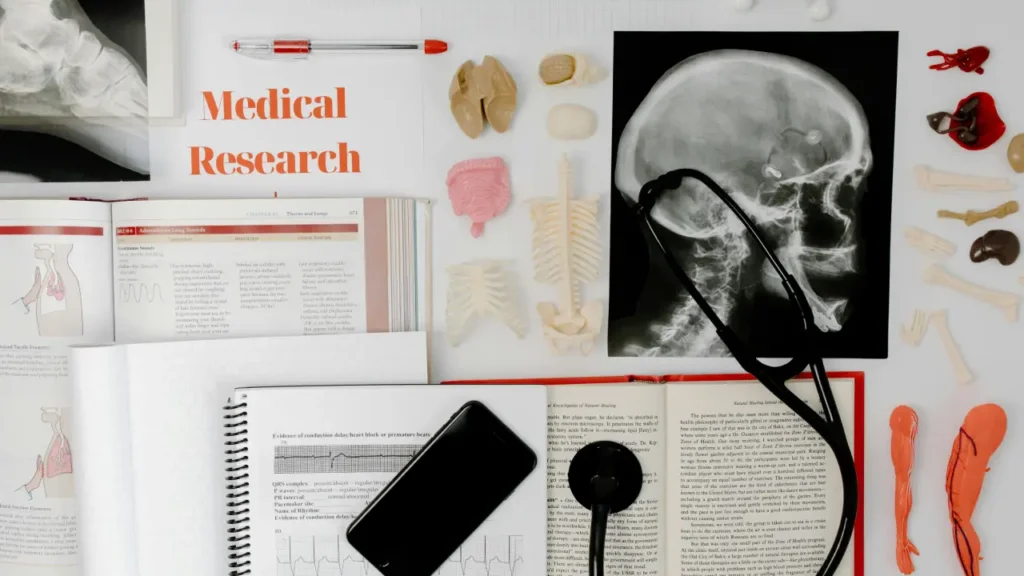
Latest Articles
Popular Reviews
July 3, 2023
AmRelieve Knee support
January 15, 2025
The Role of Whey Protein for Fitness
May 31, 2023
Elastic rubber band exercise
June 6, 2023
Essential Platinum Creatine
August 6, 2023
How can we help you?
We are your one-stop-shop for all things sports, nutrition and stress management. Our team of experts provides you with the latest reviews on sports equipment, nutrition facts and stress management advice. We also provide ratings to help you make informed decisions on what to buy. Stay ahead of the game with our blog website! Join our community today and get access to exclusive content and deals.
Most used tags
#Adaptogens #ModernNutrition #HolisticHealth #StressRelief #HealthyLiving #BrainHealth #CognitiveFunction #EnduranceTraining • #ExerciseForMentalHealth #ExercisePsychology #FitnessChallenge #FunctionalFitness • #HyroxRace • #MentalFitness #MentalHealth #ExerciseBenefits #MindBodyConnection #StressRelief #FocusThroughFitness #EmotionalWellBeing #HealthyLiving #FitnessMotivation #MentalHealthAndExercise #MentalWellness #Mood-boosting winter workouts #PhysicalActivity #WellnessJourney #Winter workout motivation ACLInjury ACLSurgery Blood pressure Cardiovascular exercise ChiaPudding Exercise fitness Gains healing healthy HealthyEating HealthyRecipes HyroxFitness • injury Mental Health in Motion muscle gain NutrientPackedMeals Prevention Resistance training Sport SportsInjuryTreatment Stretching and Cooling Down Supplements therapy Top Wearable Fitness Technology Trends Shaping 2024 training weight loss wellbeing Workout Routine
If you enjoyed this blog post and want to learn more, visit our website for a wealth of tips, tricks, and resources on healthy living. Subscribe to our newsletter to stay updated with the latest insights on health, fitness, nutrition, and wellness, delivered straight to your inbox.
Don’t forget to share this blog with your friends and family they might find these topics just as helpful and inspiring!.
Thank you for reading!


